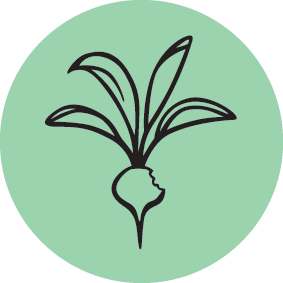 Principle 3: Obtain a yield
Principle 3: Obtain a yield
Do it Yourselfer #5
The third Permaculture Principle ‘Obtain a Yield’, uses the proverb “you can’t work on an empty stomach” as a way to help illustrate the importance of getting a reward for the work that one does.
Rewards can come in many forms. Permaculture activists Ethan Roland and Gregory Landua look at a whole system of economic understanding which they call the ‘8 forms of capital’.
The most familiar are physical forms are Financial Capital (money), Material Capital (non-living objects) and Living Capital (animals, plants, soil and water). The non tangible forms include Social Capital (our influence and connections), Intellectual Capital (knowledge), Human Capital (experience) and Spiritual Capital (religion, spirituality or ‘connection’).
There is one other form that is quite different from the others, and that’s Cultural Capital, which relates to the wider community – not just ourselves.
Most of us are ‘wealthy’ in a number of areas, but ‘poor’ in others. Ideally, we should look at building our capital in all of these areas in order to become more resilient.
How to manage Boysenberries
One of the first things that I planted when I moved into Abdallah House was Boysenberries. They have been very productive, this year we picked over 25kg of berries from just 7m of trellis thanks to a technique I learned from my garden mentor, Brian Bowring.
The canes require quite a bit of maintenance compared to other fruits, but a little bit of work often is the best method. If left to their own devices the canes quickly grow into a spiky jungle that can become a nightmare.
200mm square reinforcing mesh, available in 2.4m x 6m sheets, makes a great trellis that doubles as a fence. The 200m spacing is ideal for weaving up the canes as they grow.
It will take a full year to get the canes established, so be patient. Spring is the best time to plant them, and they will grow vigorously over the summer.
Working with the canes is best done using leather gloves, a long sleeve shirt and a good set of secateurs. Once the canes have been weaved vertically to the top of the trellis you can prune the leader, stimulating lateral growth. The side shoots can be weaved through wherever there is space, or pruned if there is not.
During the winter most of the leaves will drop off, and those that don’t should be removed to reduce habitat for insects. The bottom 300-400mm should be continually pruned back to the main leaders.
During the following Spring a wall of leaves will form with buds and later, flowers. New canes will emerge from the base, these will be used to replace the current fruiting canes which should be removed once fruiting has finished.
While it’s good to prune some of the new canes out, make sure you leave enough for a 200mm spacing. Set them aside near the base of the trellis to prevent them from getting damaged during the harvest.
The harvest begins with the transition to Summer. Pick early morning each day while they are still firm, straight into small containers as they are easily damaged – recycled berry containers are ideal. Eat your fill while fresh and give plenty away to your friends and neighbours while in abundance.
Boysenberries don’t keep well so eat them quickly or freeze them in old ice cream containers, then they’ll last for months.
Berries also preserve well using the “Hot Bath” method with Vacola or larger recycled jars. I like to remove the seeds using a sieve after cooking them up when making jam, which makes a great Christmas gift that’s absolutely delicious.
Once the harvest is completed, remove all the old canes. I chop and drop them for mulch. Carefully weave the new canes up to replace them and repeat the process.
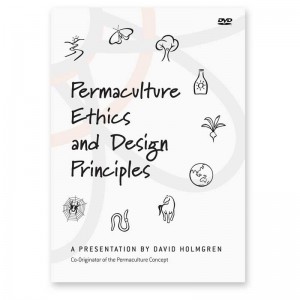 Learn more about how the ethics and design principles can be applied to your design. Check out the
Learn more about how the ethics and design principles can be applied to your design. Check out the
Permaculture Ethics & Design Principles DVD
In this presentation David Holmgren explains how the permaculture ethics and design principles can be used as thinking tools for creatively responding to the energy descent future on a limited planet.


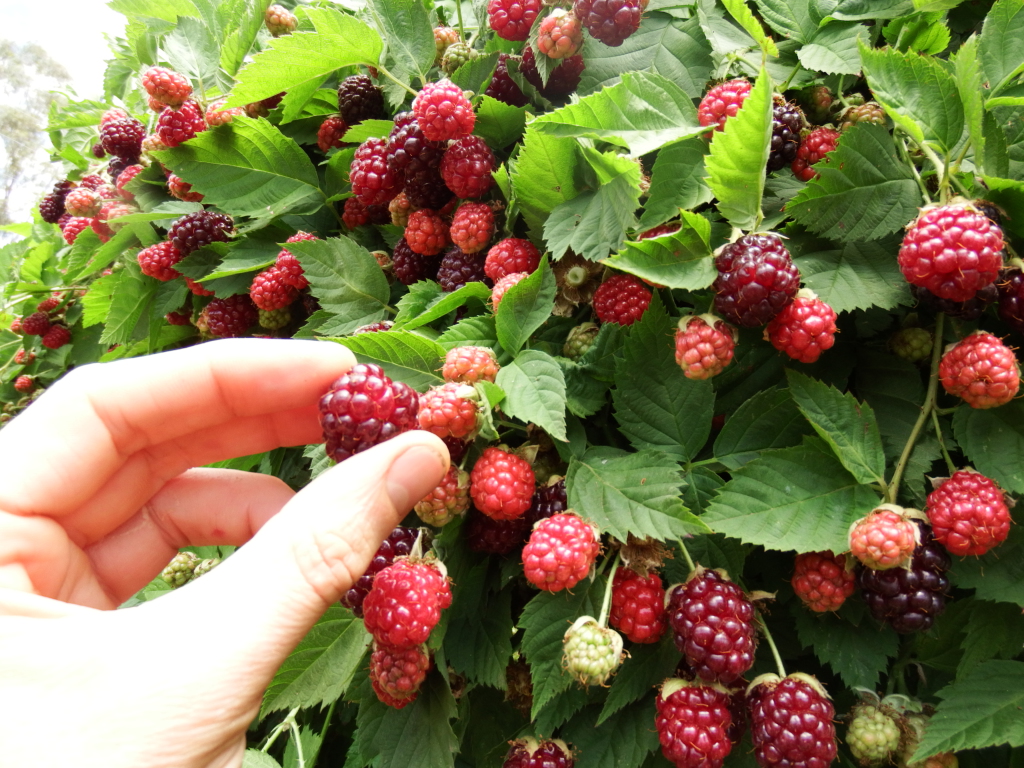
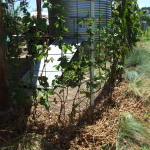
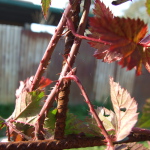
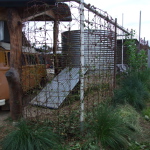

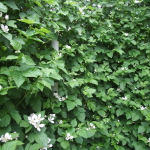
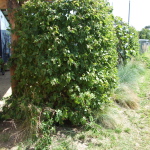
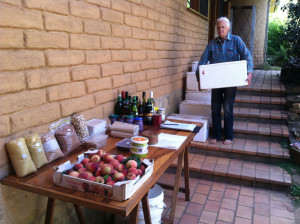

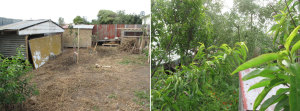
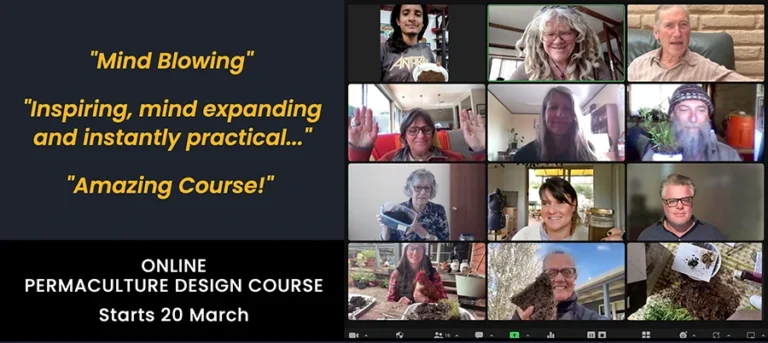
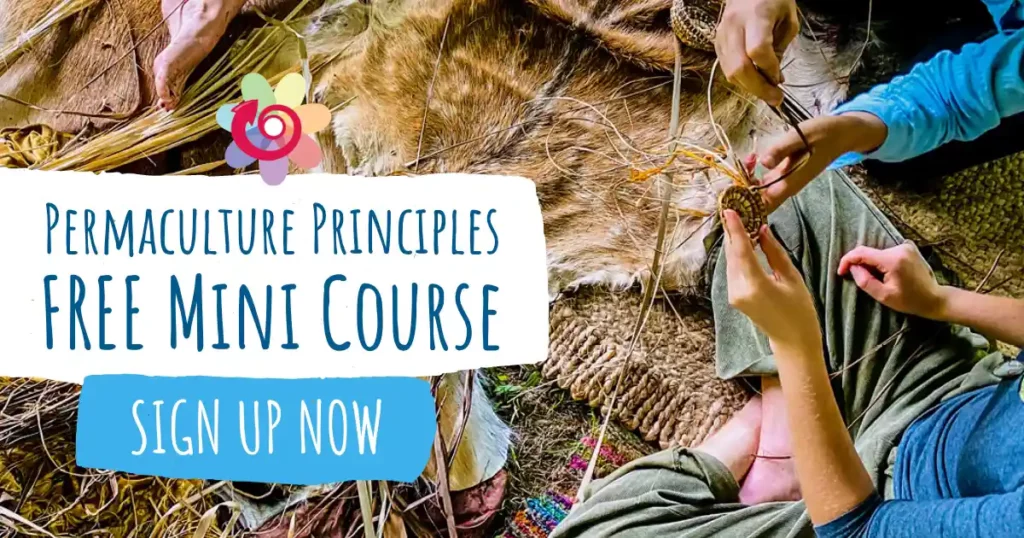
If up against a fence or wall better to train allong wires as I found with mesh some of the berries were out the back where they are not accessable
So I finally looked my yield problem on boysenberries up. I didn’t know if I was supposed to remove last years cane or not. I didn’t in spring and now it’s october. Will it still fruit in spring. I should definitely tip back the existing canes to push side branching? Thank you for any tips you can give me, I’m quite excited about my harvest which was about a quart this past spring.
I remove the old canes after harvest is over. I’m not sure if old canes will fruit or not.
There are a lot of backyard gardeners that adhere to the standard pruning advice — to wait until late fall or early winter. This is not ideal for boysenberries, however, because they tend to produce earlier in the season than other berry bushes. According to Knott’s Berry Farm — the originator of the boysenberry — it is best to prune right after harvesting the berries. Waiting 6-8 months until late fall or early winter will only reduce the output.
Source:
https://www.knotts.com/blog-article/haunt/Knotts-Boysenberry-Plants